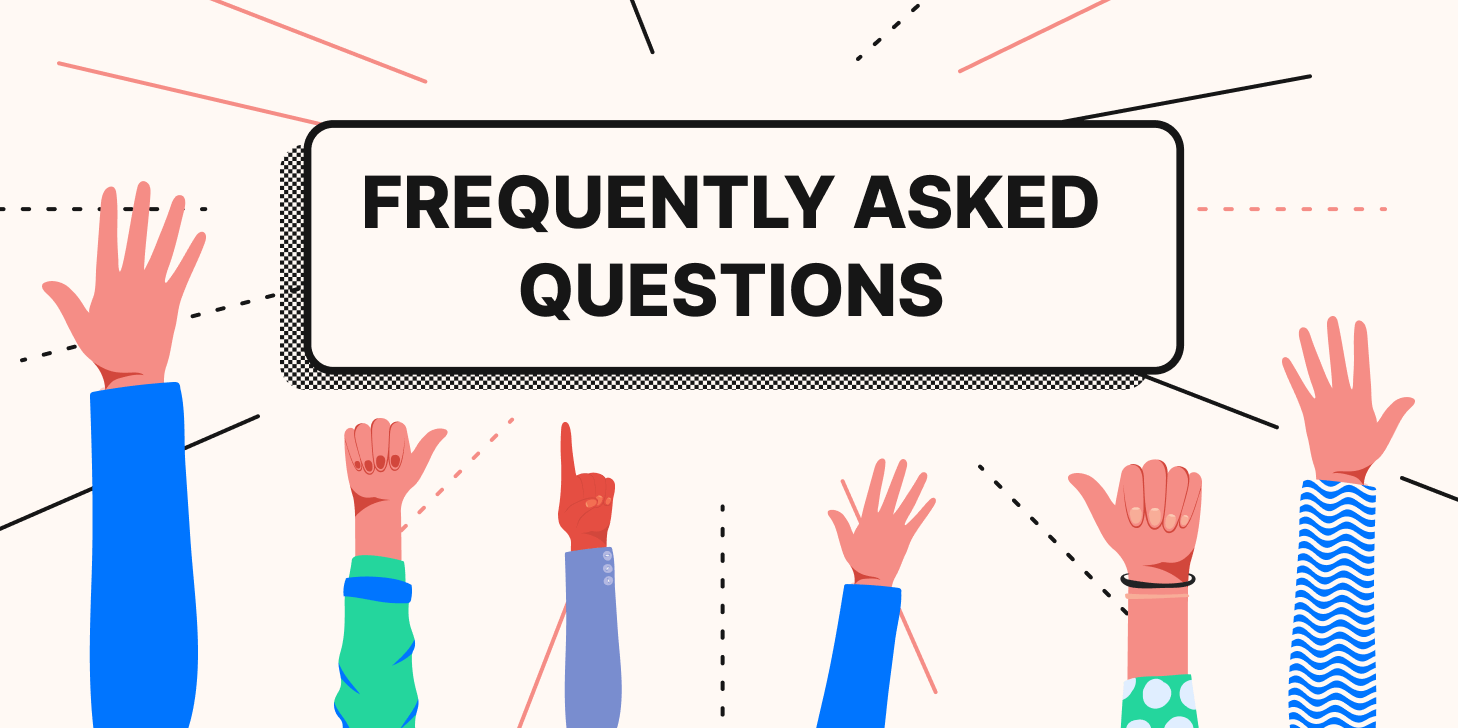
What are Platelets?
Platelets are tiny cells found in the blood that contain important growth factors which are essential for wound healing, tissue regeneration and hair follicle stimulation. Platelets are an element of blood, along with red and white blood cells. The platelets are the body’s “first responders” that stop the bleeding and encourage healing when a person gets a cut.
How many PRP hair loss treatments will I need?
The number of treatments you need depends on the condition and severity of your hair loss. Generally, it is recommended that patients receive three treatments spaced 4-8 weeks apart. After the initial course of treatments, some patients may require maintenance treatments every 6-12 months in order to maintain the desired results.
What kind of results can I expect? And how soon?
Results will vary from person to person, however, the majority of patients see visible results after the first or second treatment.
How long does the results of PRP hair loss treatment last?
PRP hair loss treatment results can last up to 12-24 months after the initial treatment course; however, some patients may need regular top-up treatments.
Are they any side effects from PRP?
Title: Exploring Potential Side Effects of Platelet-Rich Plasma (PRP) Treatments
Platelet-Rich Plasma (PRP) therapy is a popular option for skin rejuvenation and hair treatment, as it harnesses the body’s natural healing mechanisms. While generally considered safe, it’s crucial to be aware of potential side effects:
1. **Mild Discomfort:** Some patients may experience mild pain, swelling, or bruising at the injection site. This discomfort usually subsides within a few days.
2. **Infection:** As with any injection-based treatment, there is a minimal risk of infection at the injection site. This risk can be minimized with proper hygiene and sterile procedures.
3. **Allergic Reaction:** Although PRP is derived from your own blood, there’s still a small chance of an allergic reaction. Consult with your healthcare provider to address any concerns.
4. **Unsatisfactory Results:** PRP treatments may not deliver the desired results for everyone. Outcomes can vary, and some patients may require multiple sessions to achieve their goals.
5. **Nerve Injury:** In rare cases, there’s a risk of nerve injury, which can cause numbness or tingling in the treated area. This risk is significantly reduced with experienced practitioners.
6. **Hair Shedding (for Hair Treatment):** Some individuals may experience temporary hair shedding immediately after PRP for hair treatment. This is often part of the hair growth cycle and is followed by regrowth.
7. **Bruising and Swelling (for Skin Rejuvenation):** Skin rejuvenation with PRP might result in temporary redness, bruising, or swelling, which typically resolves within a few days.
8. **Ineffectiveness:** PRP may not work for everyone. Factors like the severity of the condition being treated and an individual’s overall health can influence its effectiveness.
It’s important to discuss your medical history, expectations, and any concerns with a qualified healthcare professional or dermatologist before undergoing PRP therapy. They can assess whether PRP is the right treatment for you and provide guidance on managing any potential side effects.
In summary, while PRP therapy is generally well-tolerated, it’s not entirely risk-free. However, the majority of side effects are mild and temporary. As with any medical procedure, choosing a skilled practitioner and following post-treatment care instructions can help minimize these risks and increase the likelihood of successful outcomes.